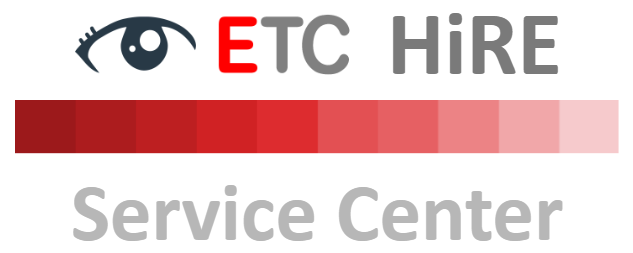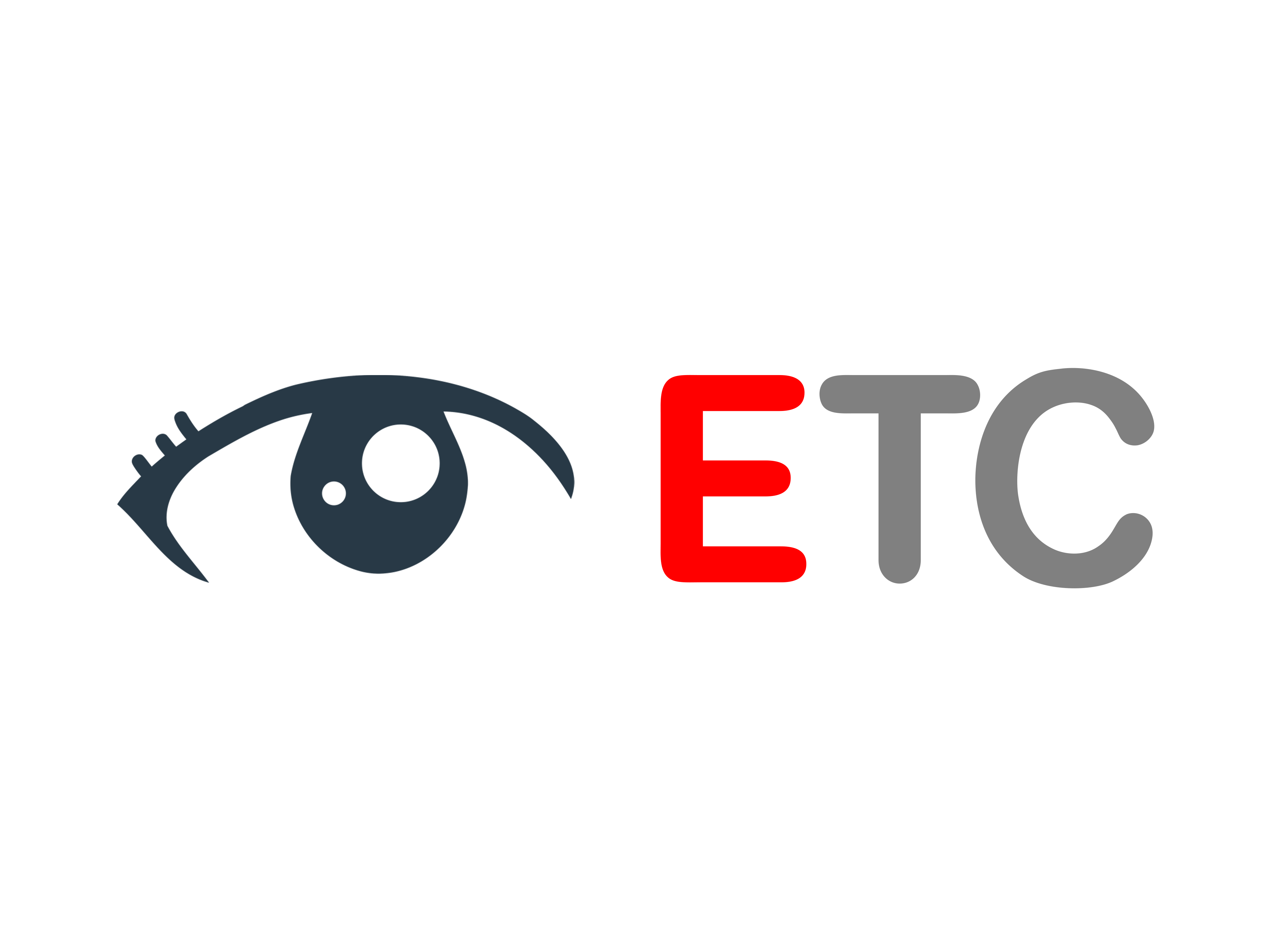The costs of a bad hire can vary depending on various factors, such as the position level, industry, and specific circumstances. Here are some potential costs associated with a bad hire:
Recruitment and onboarding costs: Recruiting and onboarding a new employee can significantly invest time and resources. If a bad hire needs to be replaced, the costs associated with re-advertising the position, conducting interviews, and onboarding the new employee can add up.
Training and development expenses: If a bad hire requires extensive training and development to meet the job requirements or adapt to the company’s culture, additional costs can be associated with providing the necessary resources and support.
Lost productivity: A bad hire may not perform up to the expected standards, resulting in decreased productivity. This can impact team efficiency, customer satisfaction, and overall business performance.
Impact on morale and team dynamics: A bad hire can have a negative impact on team morale and dynamics. Disruptions caused by an underperforming or incompatible employee can lead to decreased motivation, increased stress, and potential conflicts within the team.
Mistakes and errors: If a bad hire consistently makes mistakes or errors, it can lead to additional costs associated with correcting those mistakes, potential rework, and possible customer dissatisfaction.
Employee turnover: A bad hire may not fit well within the company culture or fail to meet performance expectations. This can lead to voluntary turnover, which incurs costs such as separation expenses, loss of knowledge and experience, and the need to fill the position again.
Damage to reputation: If a bad hire interacts with customers, clients, or stakeholders, their performance or behavior may negatively impact the company’s reputation. This can result in lost business opportunities, decreased customer trust, and potential damage to the brand image.
It’s important to note that quantifying the exact costs of a bad hire can be challenging and may vary from one organization to another. However, it is generally accepted that the costs associated with a bad hire can be significant indirect expenses and indirect impacts on the organization’s performance and culture.

